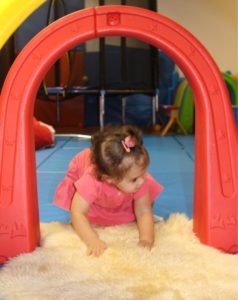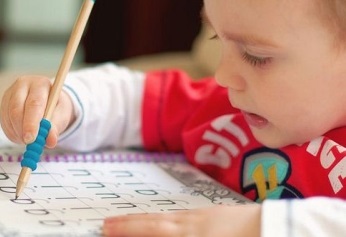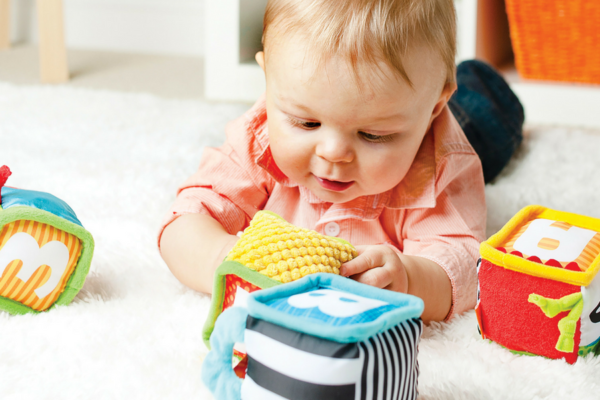Importance of crawling as a stage of development
 As a pediatric Occupational Therapist, the more consults I have with parents, the more I find that the clients we work with have had minimal to no crawling time, never mind tummy time*.
As a pediatric Occupational Therapist, the more consults I have with parents, the more I find that the clients we work with have had minimal to no crawling time, never mind tummy time*.
Some parents feel delighted that their child had skipped crawling and went straight to cruising along furniture, walking then running. While these are gross motor achievements for the child, it is also important to understand the importance of crawling and why we as therapists continue to encourage crawling based activities during therapy sessions. Some individuals from other disciplines had shared their opinions/concerns as to why I would do crawling based activities in sessions when the child is passed the crawling phase and has no concerns with walking or other gross motor milestones. My argument was always the fact that I looked at the quality of the movement performed and what affects this quality. Has the child got enough endurance for basic activity performance (whether it be dynamic gross motor movement, floor-based activities or table top work) and what affects this. My main response would be the information given below.
Crawling is a stage of development for both the physical and cognitive areas. The child moves around independently in their immediate surroundings, learning about the world around them, at their own pace. This movement is independently carried out by the child while moving about from point A to B on their hands and knees, exploring their environment and objects close by. This mechanical motion occurs for example: when the left hand and right knee and foot lifts from the floor, moves forward a few centimeters and is placed down for some stability, thereafter immediately repeating the exact same motion with the right hand and left knee and foot. This repetitive movement helps to build neurons in the brain, increasing communications between the left and right hemispheres of the brain, and ultimately contributes to reading and writing later on during their initial academic years.
The process of crawling is important for the development of gross and fine motor and visual perceptual skills. Apart from core strength, crossing of midline and limb stability and coordination (amongst many other skills), crawling is equally important for visual-perceptual skills such as hand-eye coordination, tracking and depth perception.
Other aspects of development that happens during the stage of crawling are the integration of some reflexes, as well as improving the immune system. All the input received above will help a child with the development of gross motor and fine motor and visual perceptual skills.
Written by: Masnoena Allie – OT Mother, Senior Occupational Therapist
As a working mother, myself, I have learned that the few hours a day I spend with my daughter are vital for her development in all areas. It does help that I have the background knowledge of an Occupational Therapist to encourage and to facilitate her development. The most important advice I give parents is that parent-child bonding is imperative for growth. This will give your child the confidence to play, grow and learn while doing so.



